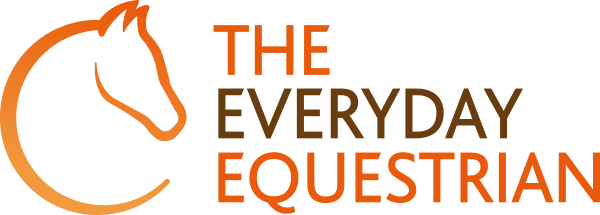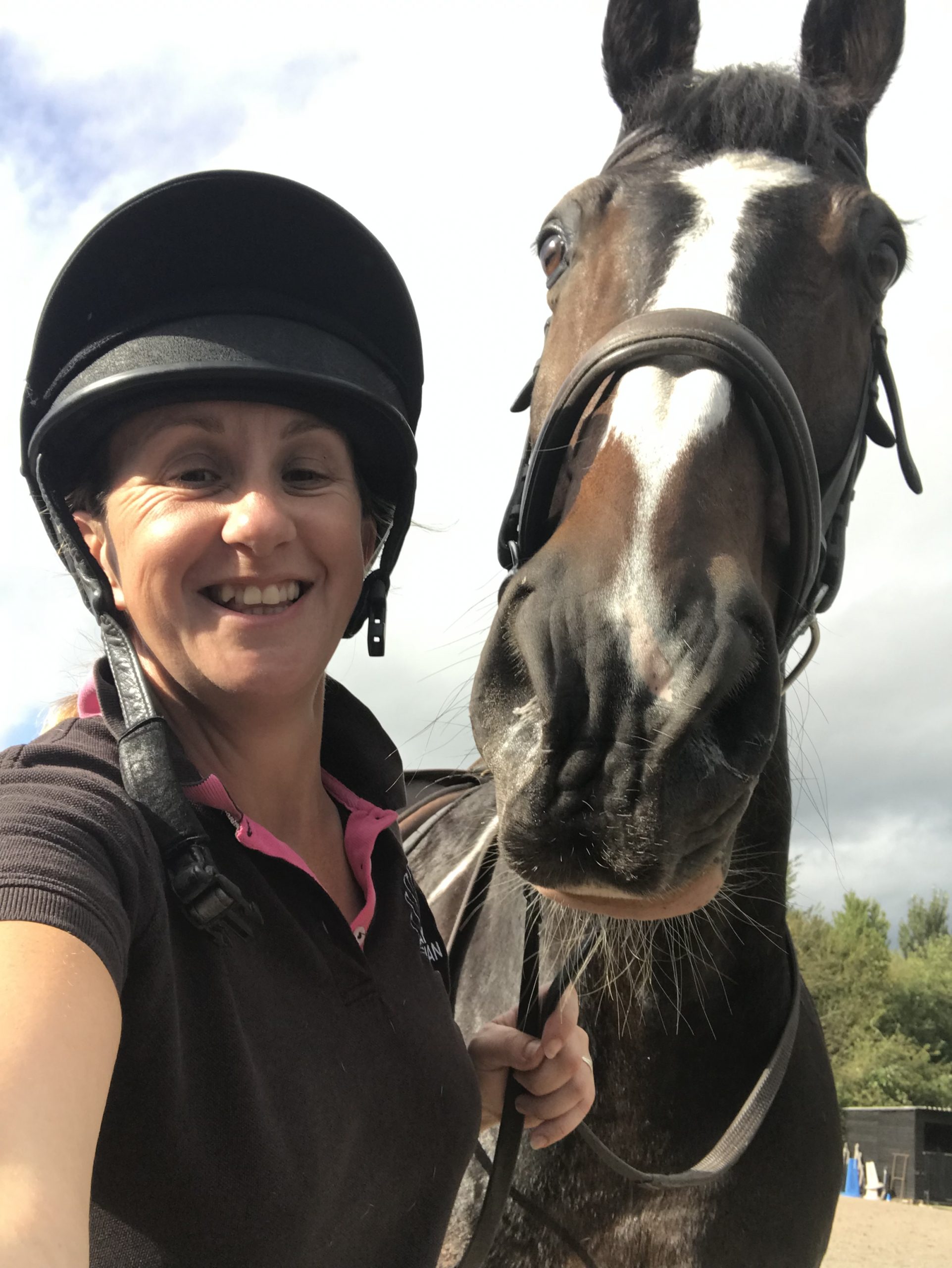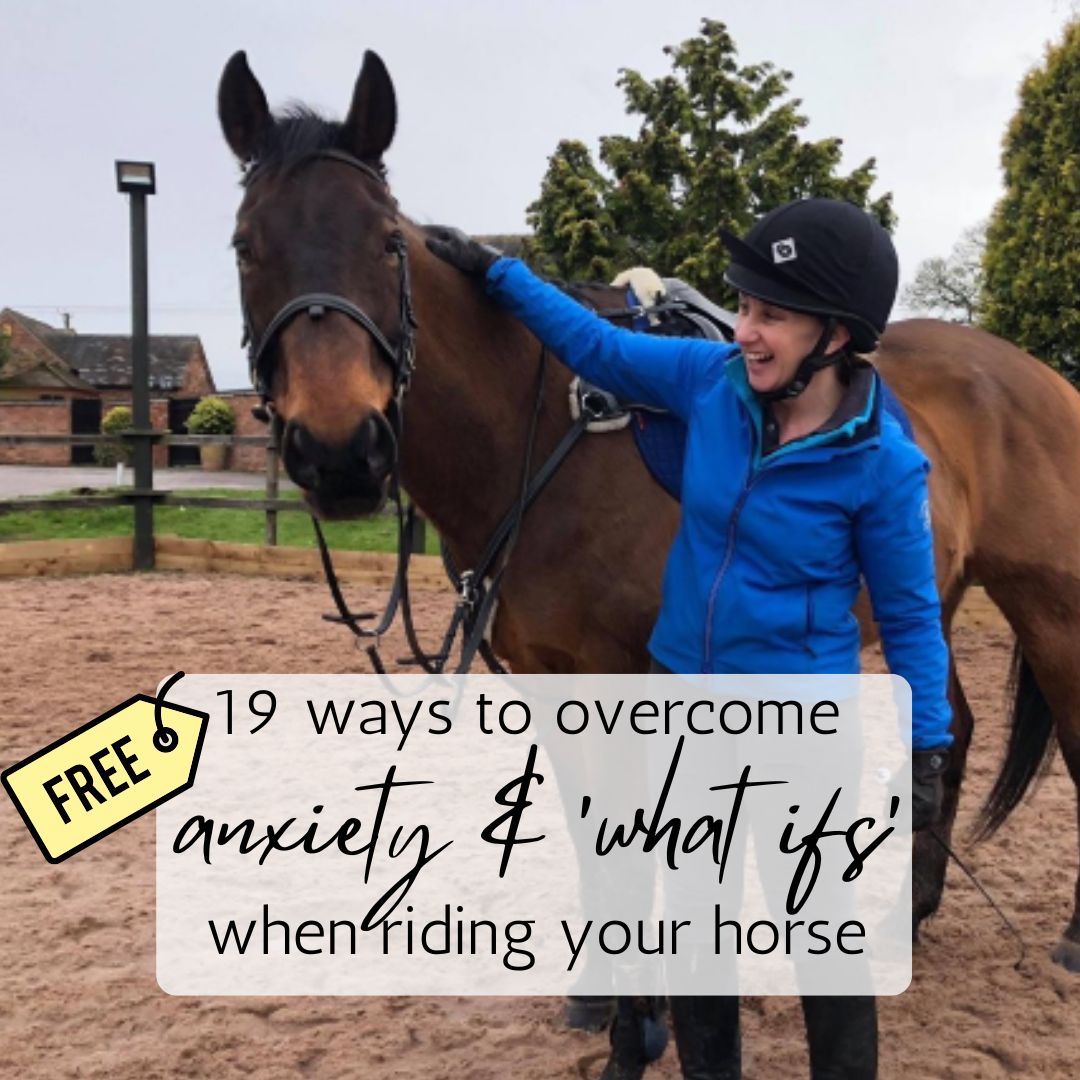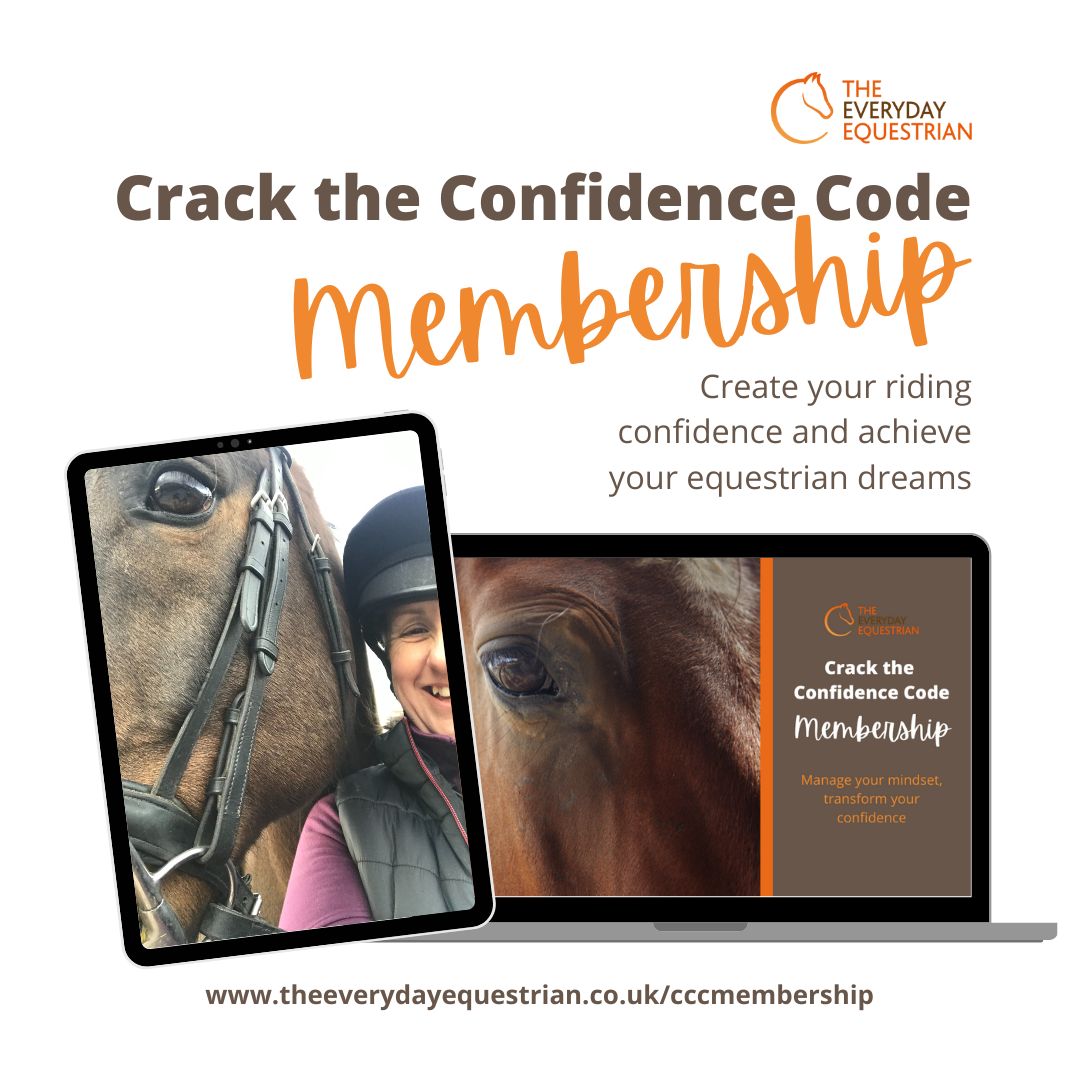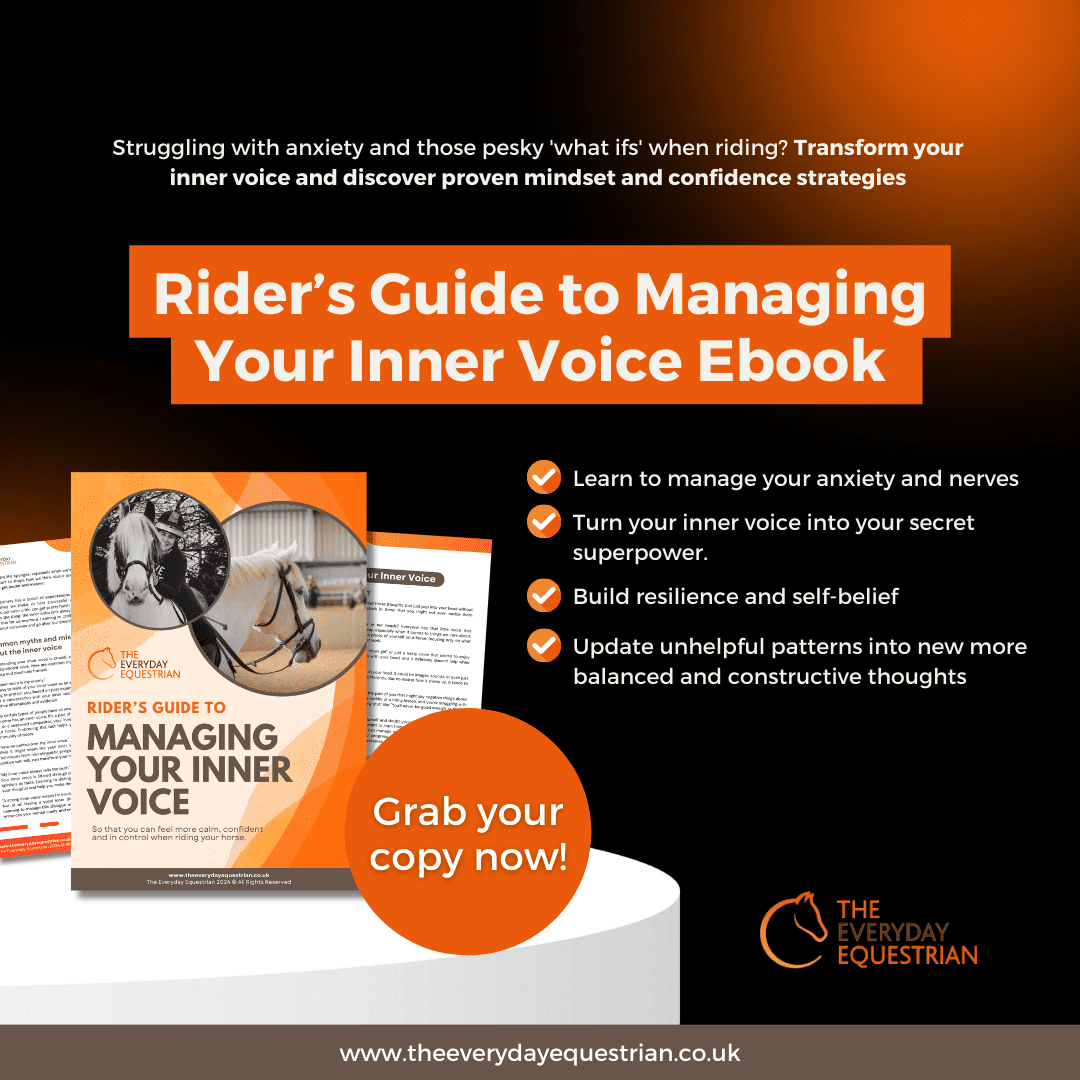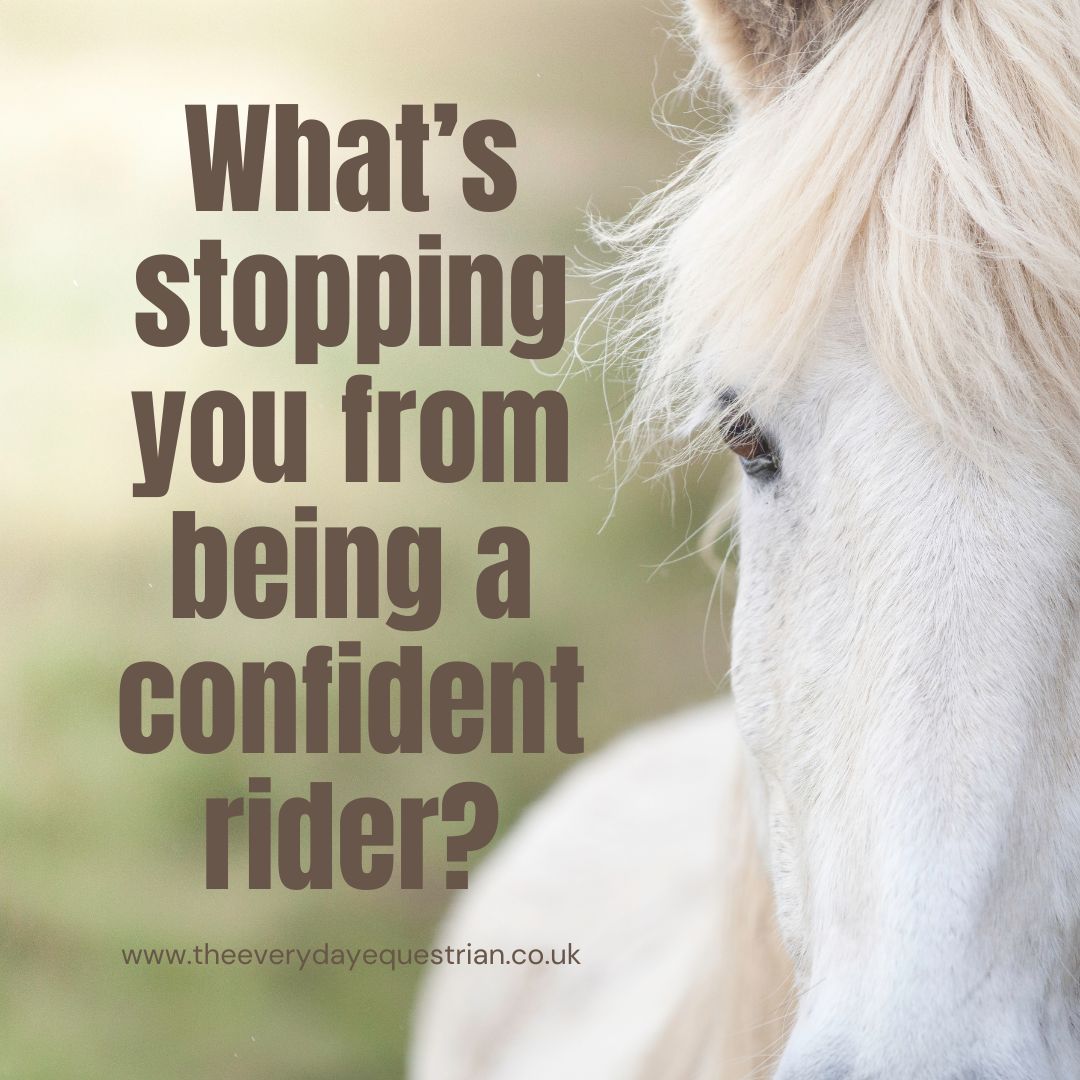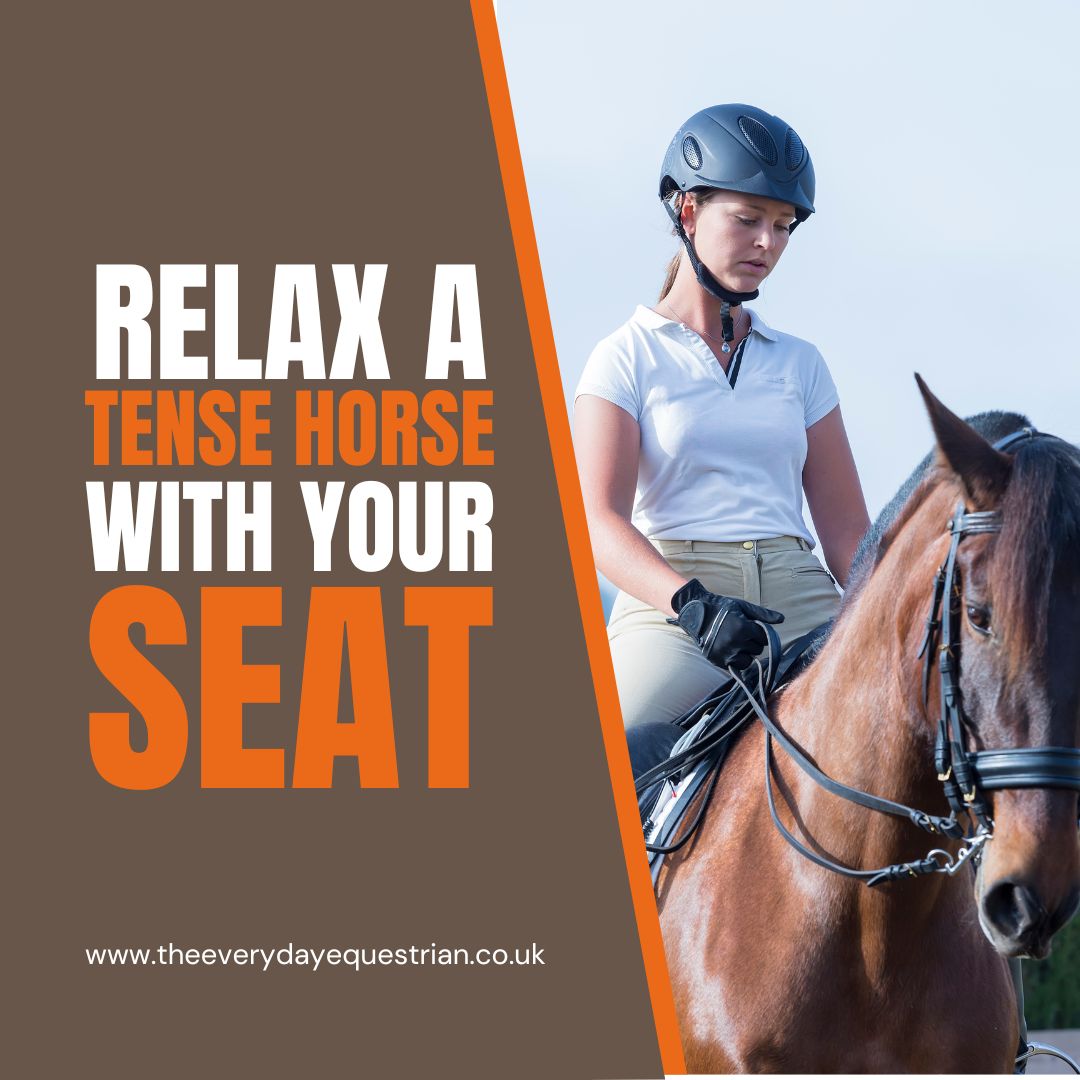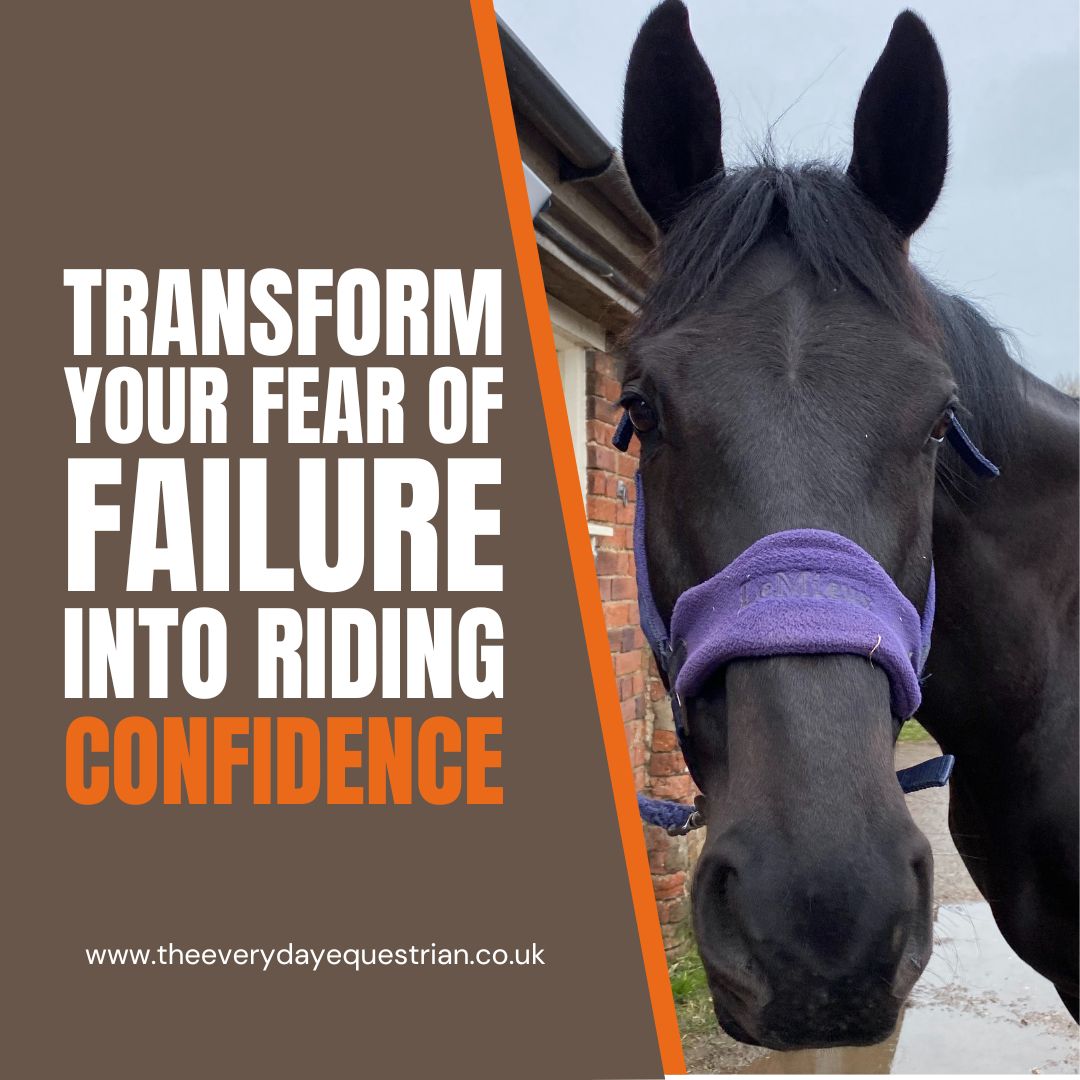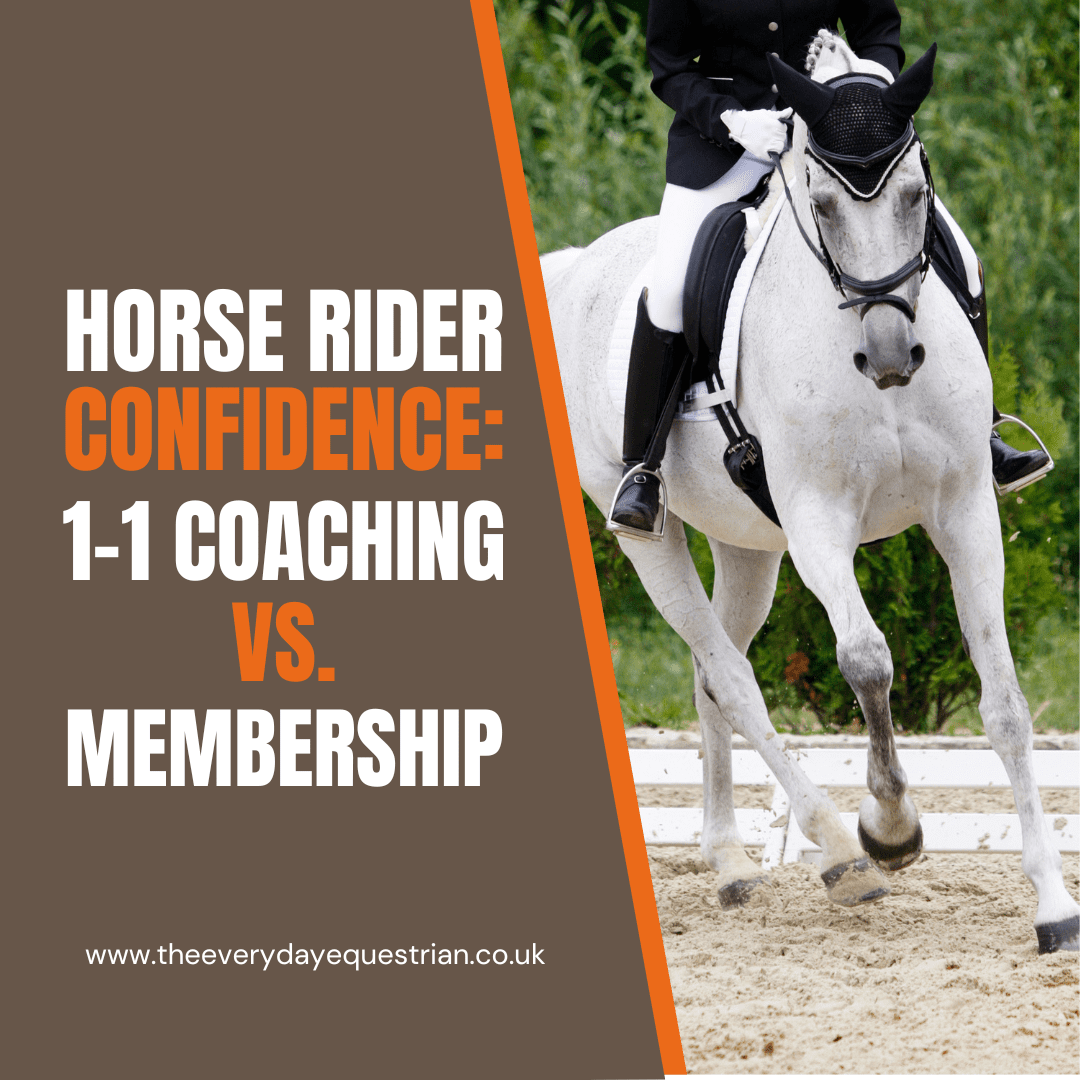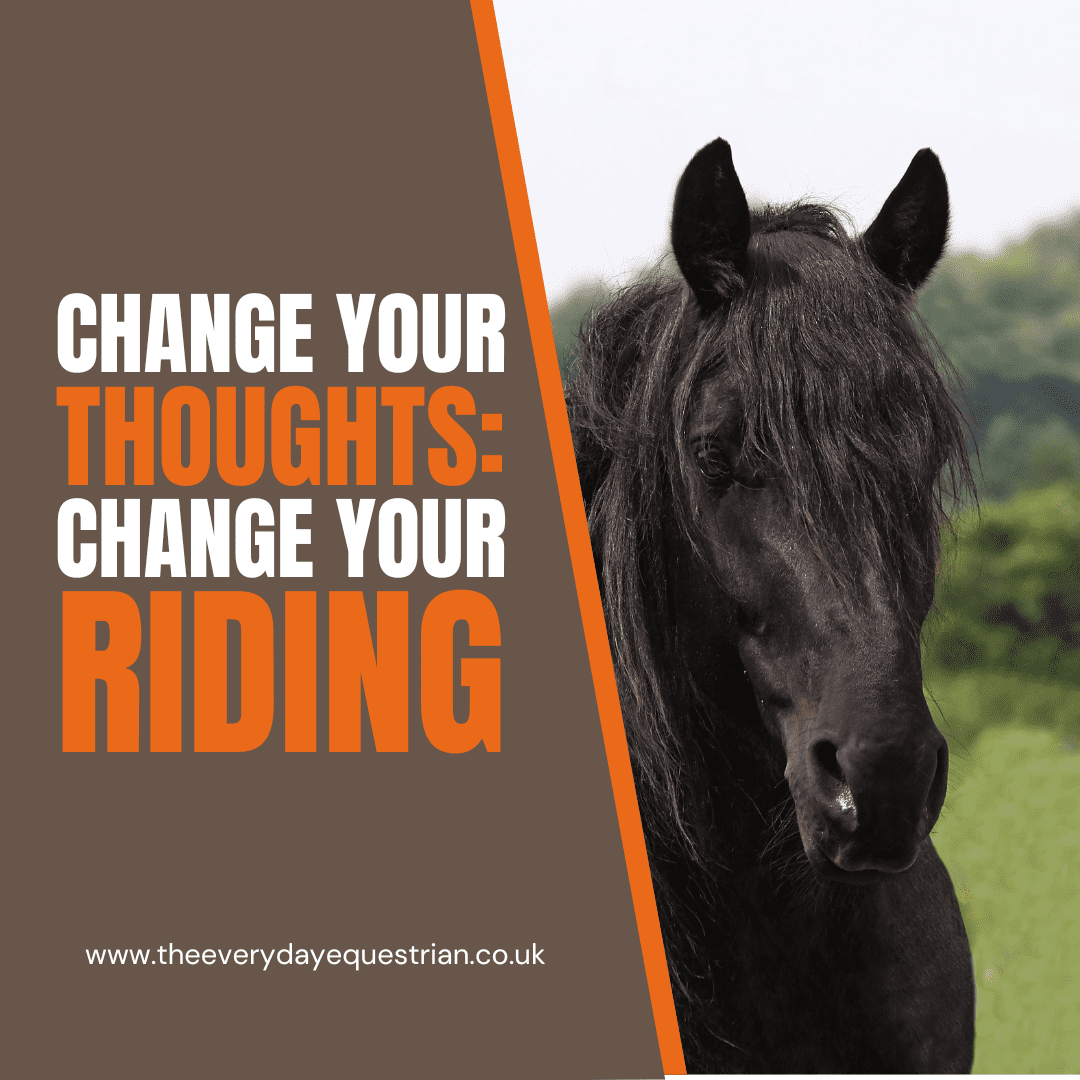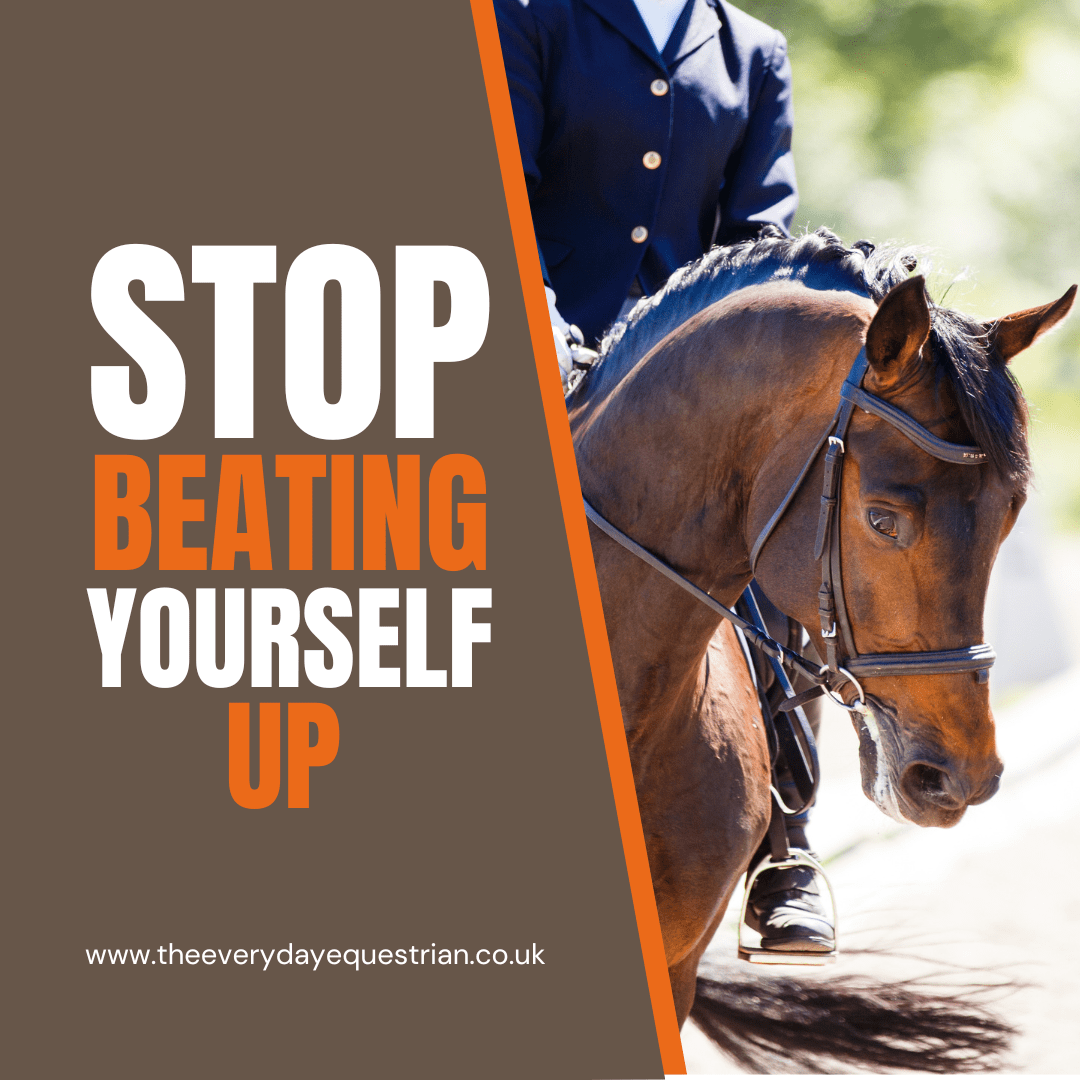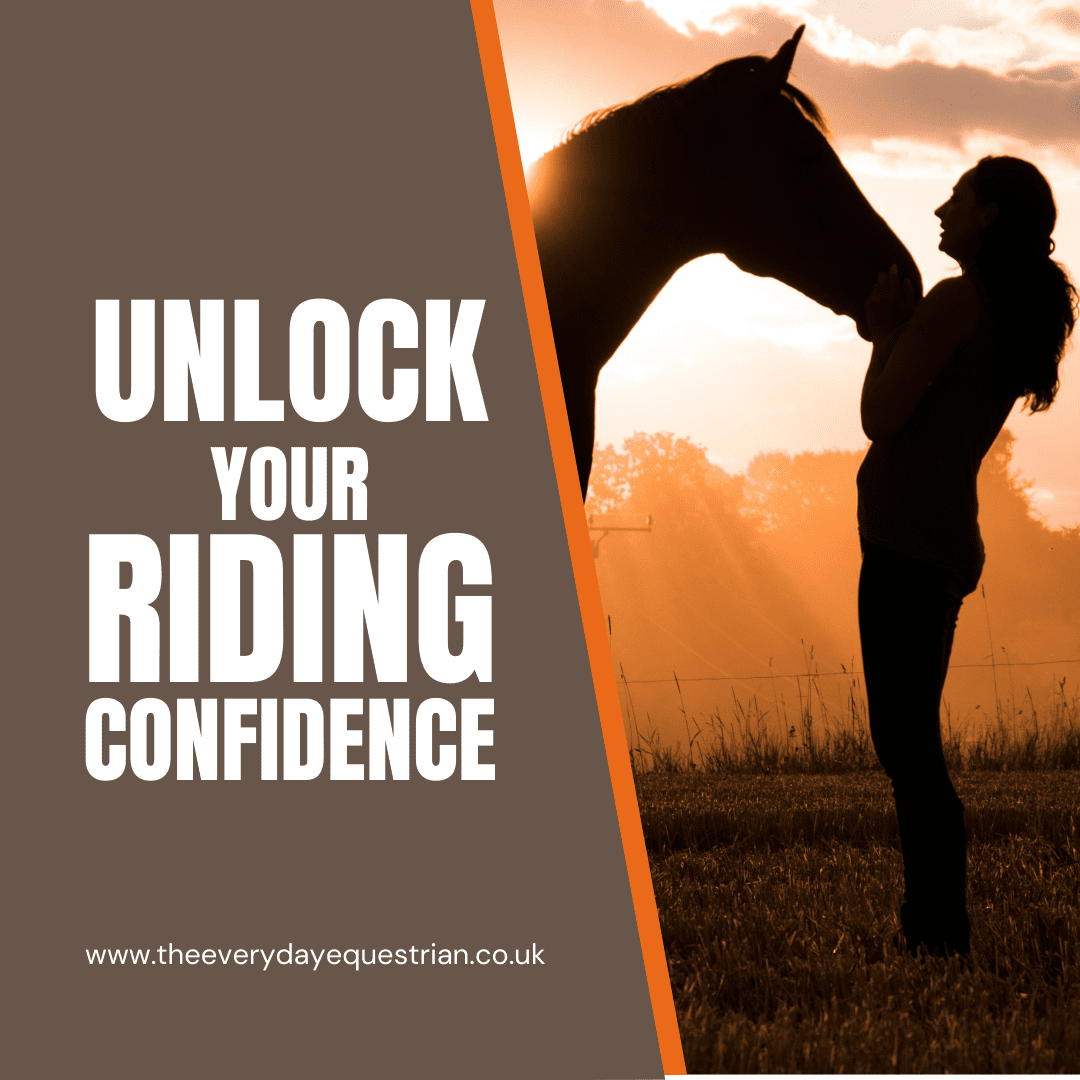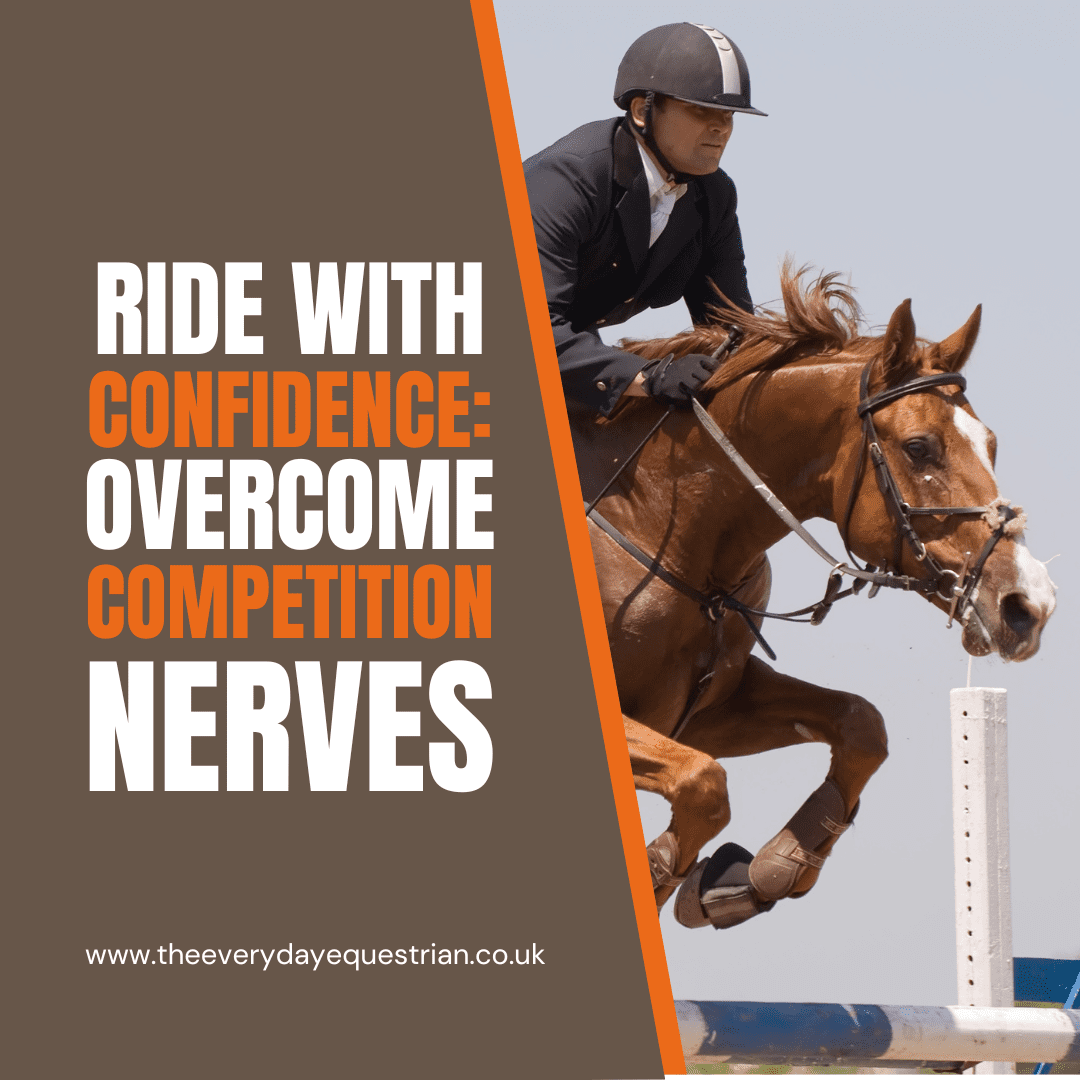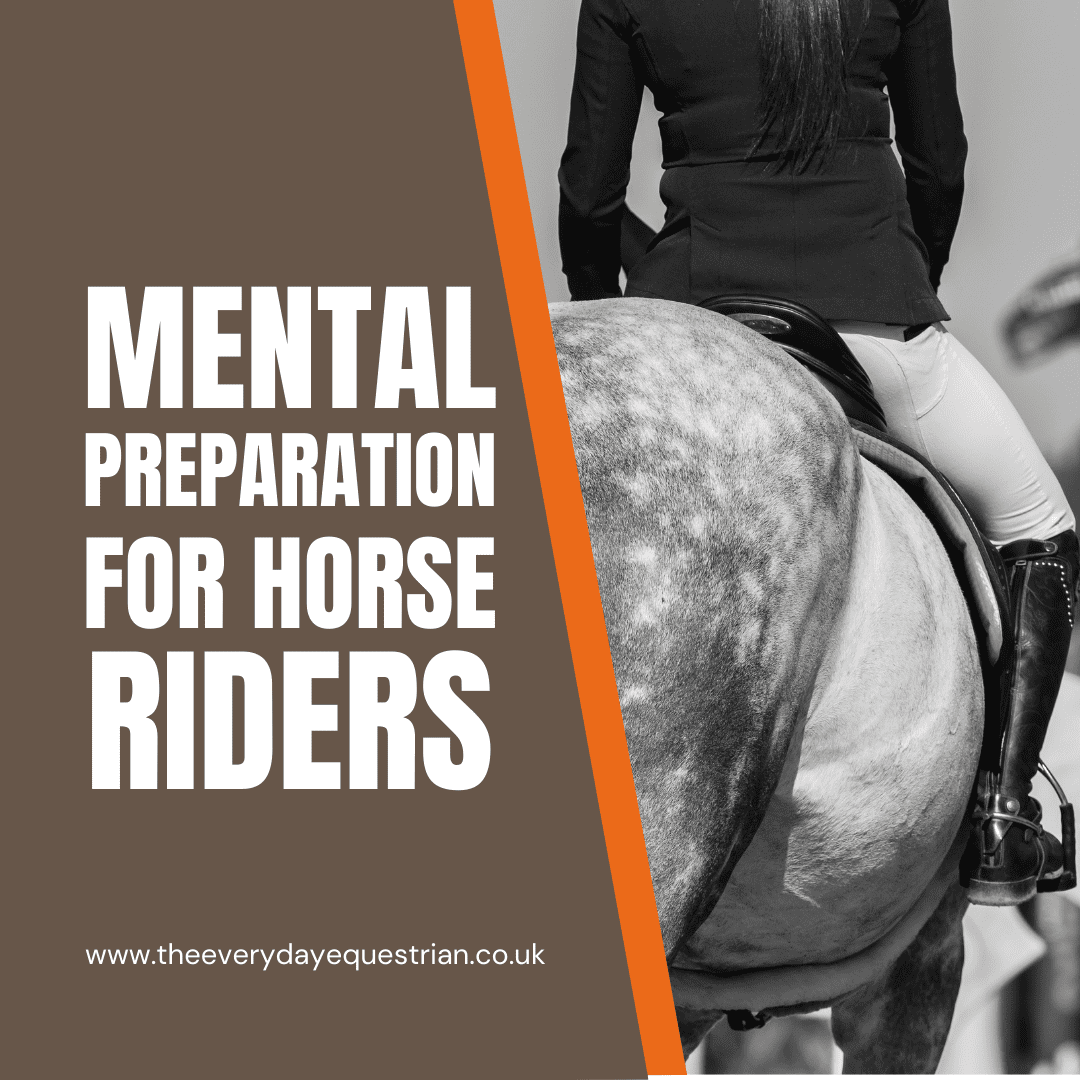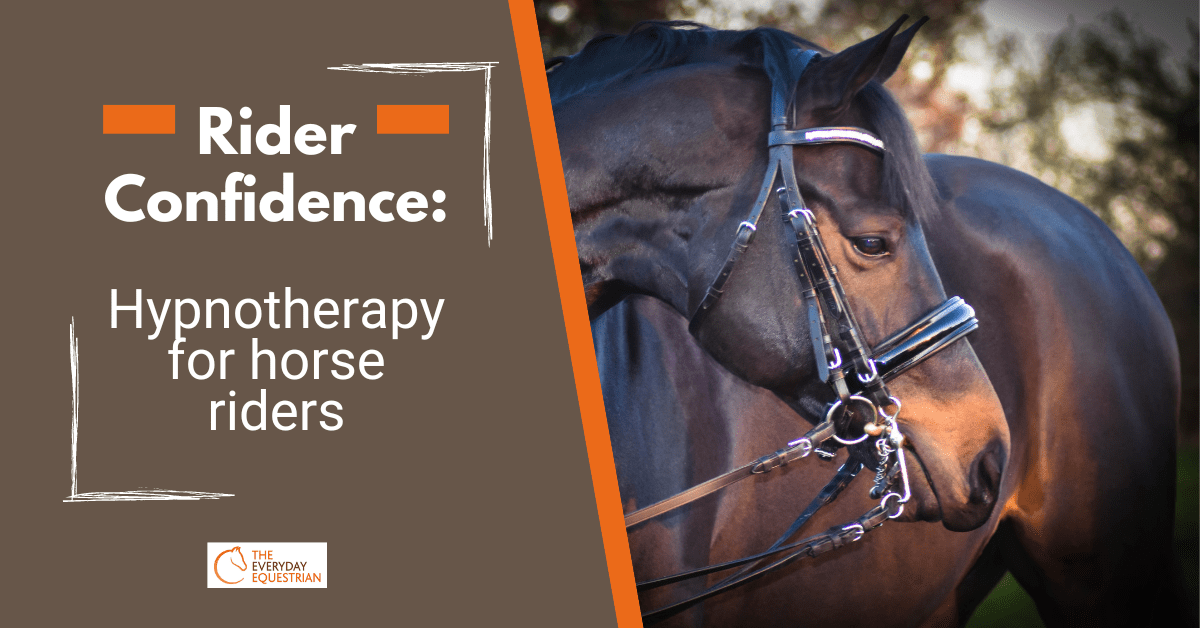[fusion_builder_container hundred_percent=”no” hundred_percent_height=”no” hundred_percent_height_scroll=”no” hundred_percent_height_center_content=”yes” equal_height_columns=”no” menu_anchor=”” hide_on_mobile=”small-visibility,medium-visibility,large-visibility” status=”published” publish_date=”” class=”” id=”” border_size=”” border_color=”” border_style=”solid” margin_top=”” margin_bottom=”” padding_top=”” padding_right=”” padding_bottom=”” padding_left=”” gradient_start_color=”” gradient_end_color=”” gradient_start_position=”0″ gradient_end_position=”100″ gradient_type=”linear” radial_direction=”center” linear_angle=”180″ background_color=”” background_image=”” background_position=”center center” background_repeat=”no-repeat” fade=”no” background_parallax=”none” enable_mobile=”no” parallax_speed=”0.3″ background_blend_mode=”none” video_mp4=”” video_webm=”” video_ogv=”” video_url=”” video_aspect_ratio=”16:9″ video_loop=”yes” video_mute=”yes” video_preview_image=”” filter_hue=”0″ filter_saturation=”100″ filter_brightness=”100″ filter_contrast=”100″ filter_invert=”0″ filter_sepia=”0″ filter_opacity=”100″ filter_blur=”0″ filter_hue_hover=”0″ filter_saturation_hover=”100″ filter_brightness_hover=”100″ filter_contrast_hover=”100″ filter_invert_hover=”0″ filter_sepia_hover=”0″ filter_opacity_hover=”100″ filter_blur_hover=”0″][fusion_builder_row][fusion_builder_column type=”1_1″ spacing=”” center_content=”no” link=”” target=”_self” min_height=”” hide_on_mobile=”small-visibility,medium-visibility,large-visibility” class=”” id=”” hover_type=”none” border_size=”0″ border_color=”” border_style=”solid” border_position=”all” border_radius=”” box_shadow=”no” dimension_box_shadow=”” box_shadow_blur=”0″ box_shadow_spread=”0″ box_shadow_color=”” box_shadow_style=”” padding_top=”” padding_right=”” padding_bottom=”” padding_left=”” margin_top=”” margin_bottom=”” background_type=”single” gradient_start_color=”” gradient_end_color=”” gradient_start_position=”0″ gradient_end_position=”100″ gradient_type=”linear” radial_direction=”center” linear_angle=”180″ background_color=”” background_image=”” background_image_id=”” background_position=”left top” background_repeat=”no-repeat” background_blend_mode=”none” animation_type=”” animation_direction=”left” animation_speed=”0.3″ animation_offset=”” filter_type=”regular” filter_hue=”0″ filter_saturation=”100″ filter_brightness=”100″ filter_contrast=”100″ filter_invert=”0″ filter_sepia=”0″ filter_opacity=”100″ filter_blur=”0″ filter_hue_hover=”0″ filter_saturation_hover=”100″ filter_brightness_hover=”100″ filter_contrast_hover=”100″ filter_invert_hover=”0″ filter_sepia_hover=”0″ filter_opacity_hover=”100″ filter_blur_hover=”0″ last=”no”][fusion_text columns=”” column_min_width=”” column_spacing=”” rule_style=”default” rule_size=”” rule_color=”” hide_on_mobile=”small-visibility,medium-visibility,large-visibility” class=”” id=”” animation_type=”” animation_direction=”left” animation_speed=”0.3″ animation_offset=””]
Confidence:
Here are some of my top tips for developing and building your confidence around riding. Now it doesn’t really matter to me whether you are a beginner rider, somebody who’s been riding for a while and has had a break perhaps and now coming back to riding horses again, or it might be that you’re a really experienced rider and you are maybe struggling about around jumping or going out competing. Your scenario isn’t unique! I promise you that there are plenty of people out there who suffer with confidence issues. So I just wanted to share some of my favorite tips and strategies to help you make some real progress in your riding confidence.
Make a list:
First thing I’d like you to do, and this is probably the hardest thing you’re going to need to do, is to make a list of all the things you are good at in your riding right now. As riders we’re very quick to make a big list of everything we can’t do. I want you to flip that round, and I’d like you to get a pen and a piece of paper or use your phone and make a big list of everything you are actually really good at in terms of riding your horse. It could be a strength in your position, it could be you’re great at planning ahead. You could be a really strong rider on the flat, but maybe jumping is your area of development. I want you to recognize and write down your strengths, what you’re good at in your riding right now. This process reminds you that you do have strengths in the first place. Everybody has strengths as a rider! Yes, there are things we all need to develop and work on, but let’s recognize that you do have things that you’re good at too!
Achievements:
The second thing I’d like you to do is to make a list of all your riding achievements. So for some of you that might be competitive achievements; winning a class or competing at a certain level. For other people, it can be as simple as going for a hack with some friends; if you’re really nervous about doing that, then that’s an achievement in itself. I want you to build some belief in your own abilities. So in celebrating and writing down your achievements, it reminds you that you CAN do things successfully. You might be feeling stuck right now, but you have had some real successes in the past.
Goals:
The third thing I’d like you to do is to set yourself a goal. Now this goal needs to be something you would love to do or love to achieve. It might be competitive, but it doesn’t have to be. Your goal might be to feel confident enough to ride on your own when no one else is around. It might be hacking out on your own. It might be feeling confident enough to go to a clinic in your local area. It might be being confident to step up the level at which you’re competing. I want you to set yourself a goal and it has to be something that you desperately would love to do. Be careful though, this is NOT what anybody else wants you to do! State what YOU want to do because ultimately, if you don’t know where you’re going, how are you ever get there? Think of your brain a little bit like a sat nav or Google maps – if you don’t put your destination in, how will you ever get there? Your brain needs to make a link between what you want and then you can figure out how to get there.
Chunks:
The fourth tip is to break down your goal into smaller chunks from your big goal, whatever it is, to smaller steps, and it’s important that you make these steps really, really, really, really, really small and achievable. That way you’re going to make positive progress every single time you ride, which is what we’re all aiming for.
Journal:
The fifth thing I’d like you to do is keep a journal, or diary as it used to be called, or some kind of record of what you have achieved. I’d like you to use that record every single day and I’d like to write down at least one achievement every at the end of every single day. What’s the one thing you’ve done to keep yourself on track towards your goal? For example “Today I was brave enough to put my foot in the stirrup and sit on my horse.” Absolutely brilliant. Good for you. If that’s something you’re really struggling with, that’s a huge achievement. By writing it down daily, it creates positive momentum and it makes you feel amazing when you can look back at the end of your journey, when you’ve achieved your goal, you can see how far you’ve come.
Celebrate:
Six is to celebrate your successes. Big or tiny successes. Success will mean different things to different people, but I want you to celebrate and tell people and be really proud of every single step that you take on your journey towards your goal.
Kindness:
Number seven, be kind to yourself and this is probably quite difficult to do because if you’re struggling with your confidence, you might be in a really negative place and there might be lots of negative self talk going on in your mind. I want you to be kinder to yourself. I’d like you to talk to yourself as if you are talking to your best friend because you would never say to your best friend, “Oh my God, you’re so rubbish and useless. You should be able to do that by now you so don’t say it to yourself”. I want you to be very aware of the thoughts that you’re thinking and that negative little gremlin voice that tells you you can’t do it and you’re rubbish and you’re no good at this and you shouldn’t even a horse or whatever it’s saying to you. Notice it and flip it around. Be kind to yourself and only you can control that. It’s difficult sometimes, but YOU have absolute control in what you choose to think.
Back up plan
Number eight – accept that things might get difficult and challenging when you step out of your comfort zone. It can be scary and frightening and feel really uncomfortable. It’s natural and it happens to everybody, whatever stage you’re at. So I want you to have some sort of backup plan in place. So if your goal is to get on your horse every single day, have a friend who holds you accountable for that. So that day when you think, “Oh, I don’t want to do this today, it’s really windy”. Text your friend and say, “I don’t want to do this today. It’s really windy”, and if your friend is really good, they will text you back and say, “That’s fine, lunge your horse horse first, then get on”. Have a plan of action to help keep you on track even when things get difficult and challenging.
Team
Number nine – Surround yourself with positive people, people who are going to support you and be on your side and fight your corner and really help boost you up when you have those tricky moments, and who will help you celebrate your successes as well.
Belief
Number 10 – one of my favorite quotes of all time, this was from a guy called Henry Ford, “Whether you think you can or you think you can’t, you’re right”. So whatever you say in your head about your goal or what you’d like to do with your horse or what you’d like to achieve, you’re absolutely right! Your mind will make that happen and that’s a really good thing. So if you’re saying to your things like, “I can do this”, “I am capable of jumping that course”, “I’m absolutely confident enough to go and hack out on my own”, then you will. However, if you tell yourself that “those jumps are too big”, “my horse will stop”, “my horse is going to spook at that gateway over there”, then guess what? Those things will absolutely happen!
YOU CAN DO THIS
So I hope that’s been useful. Do you tell me if you found this is something you can use and take forwards. If you’d like help to build your riding confidence, I offer group sessions and also one to one coaching, where we can really drill down and get to the real nitty gritty of why you’re struggling with your confidence around riding. The next rider confidence workshop that I’m running is on the 15th of February at Derby College Equestrian Center. It’s an hour and half session and we’ll be exploring ways of overcoming anxiety and nerves when you’re riding. So if that’s something that you’re interested in finding more about, please do get in contact. You can find me via my website at www.theeverydayequestrian.co.uk or you can email me info@theeverydayquestion.co.uk.
I’ll catch up with you all very soon.!
[/fusion_text][/fusion_builder_column][/fusion_builder_row][/fusion_builder_container]
